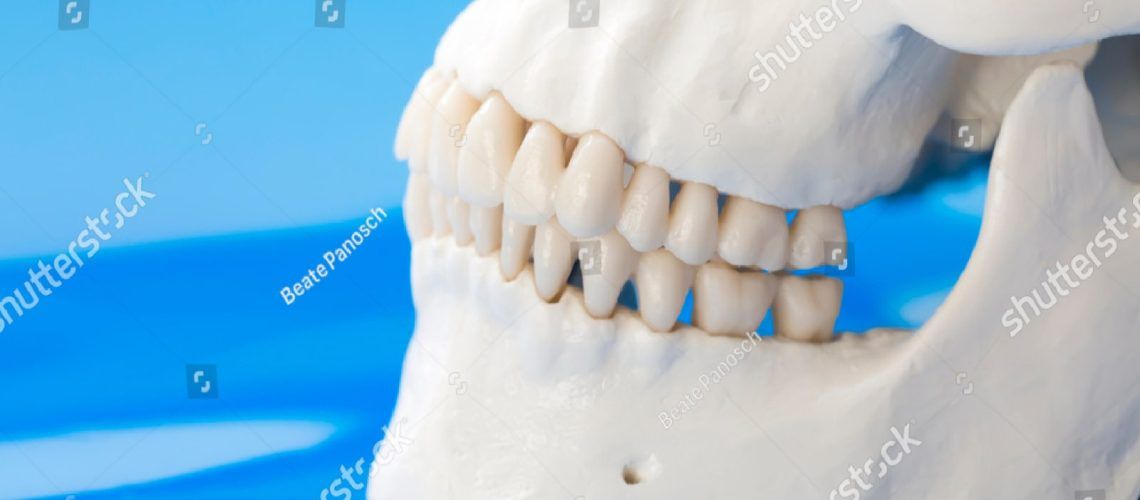Before your procedure, your dentist will likely go over your upcoming treatment in detail. They’ll talk about each stage of the process and ensure that you know what to expect during your treatment. One element that they’ll often skim is the underlying mechanical processes involved. This is often due to the quite complex nature of the upcoming treatment and the technical terms involved in explaining it. We’re going to take a few moments of time to explain the underlying details of the orthodontic process and what’s happening in the days or months to come.
The Underlying Mechanical Processes of Traditional Braces
There’s an involved process that happens in the time following the placement of an orthodontic appliance. Traditional braces have three components that help to achieve their purpose. These components include:
- Brackets – You will find brackets affixed to the teeth that are being adjusted as part of your procedure. Often, these brackets are made of metal or a tooth-colored ceramic. They’ll remain in place throughout the entire treatment and are one of the most noticeable parts of your braces.
- Archwires – Over the brackets and affixed are thin wires covering the full arch of your teeth. It is from this range that they get their name. These are adjusted to ensure the proper amount of pressure is applied to the target teeth, slowly adjusting them into place.
- O-Rings – These elastic bands are also known as ligatures. These ensure that your archwires remain properly attached to your brackets. They are available in traditional beige colors, transparent, or a rainbow of colors. Each of these options is equally effective.
These components work together to ensure your teeth move as intended so you can have the beautiful smile you’ve always dreamed of. However, physical processes are happening during this time as well. There is a membrane known as the periodontal membrane that maintains your teeth where they belong. It slowly stretches during treatment, allowing your teeth to move within your jawbone.
This, of course, requires your jawbone to adjust as well. The pressure applied to the bone begins by causing your jawbone to strengthen after allowing for a small adjustment. The pressure is released, allowing the bone to soften, and then pressure is reapplied. This repeating process allows your teeth to move in the way necessary for your ultimate goals. Multiple wires will be added and removed during the process. The material used in these wires causes them to harden in the presence of body heat.
Reference Your Dentist For More About Orthodontic Care
Orthodontic adjustment is an involved process that combines a variety of moving parts, bodily processes, and stages to get results. Your dental provider can help you learn more about your procedure and what to expect throughout your treatment period. This can be a quite effective way to ease dental anxiety and produce a greater appreciation for the care you’re receiving. It all starts with a scheduled consultation and developing a treatment plan. Call today and get started on your orthodontic journey.


